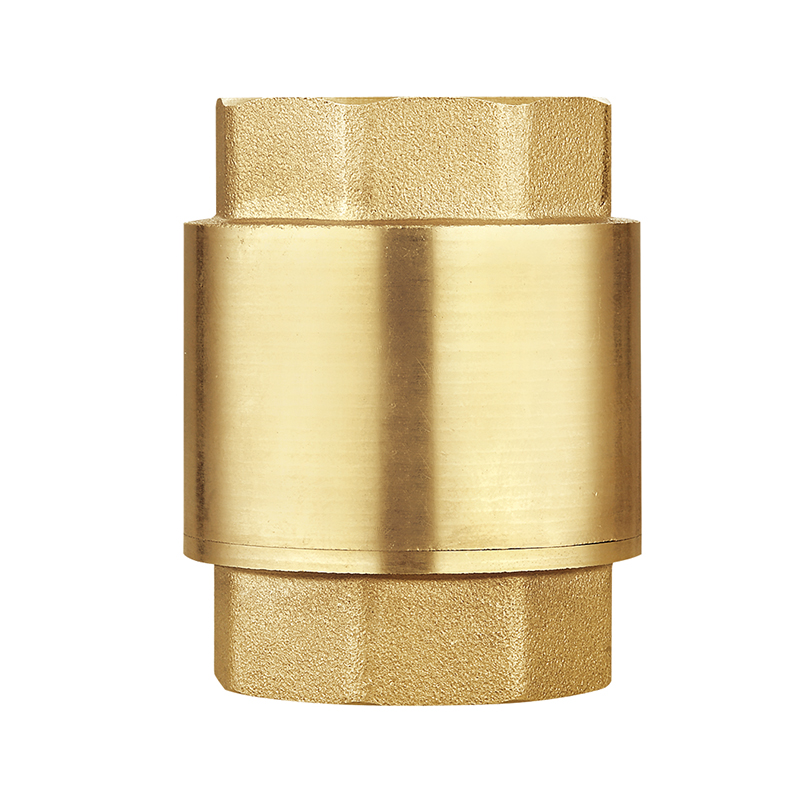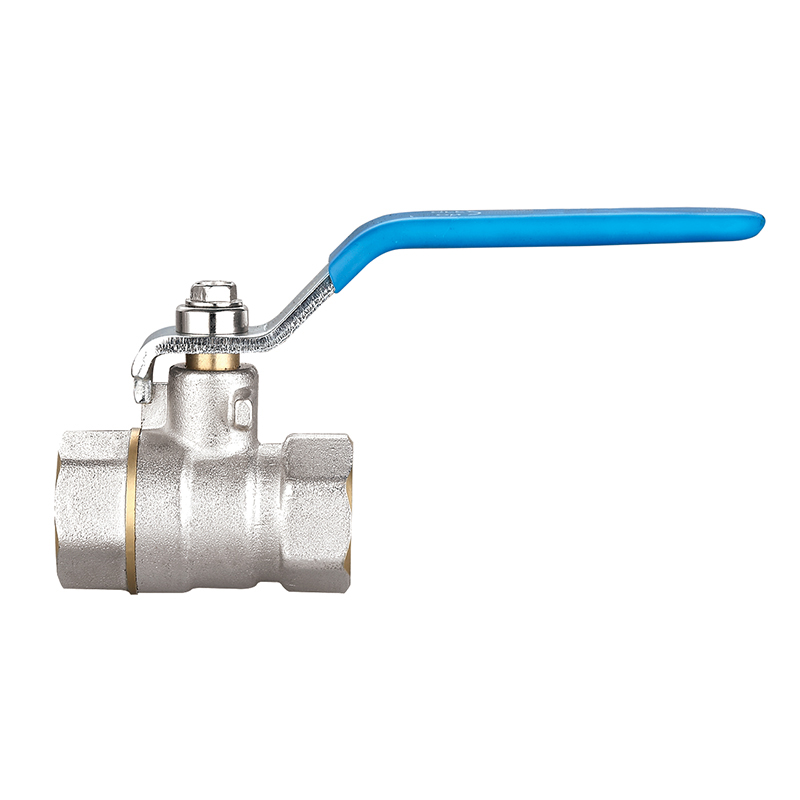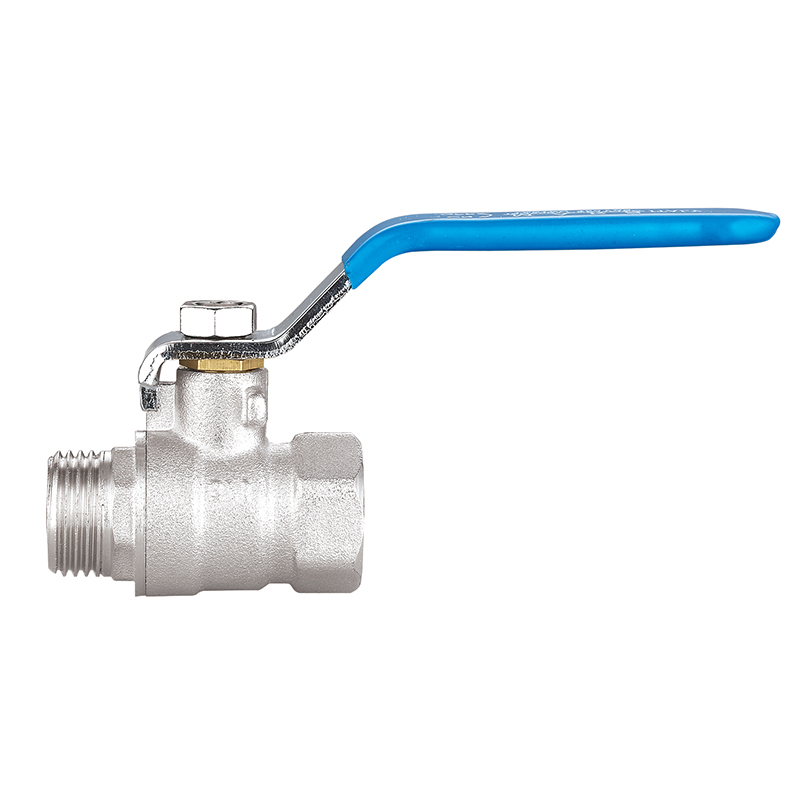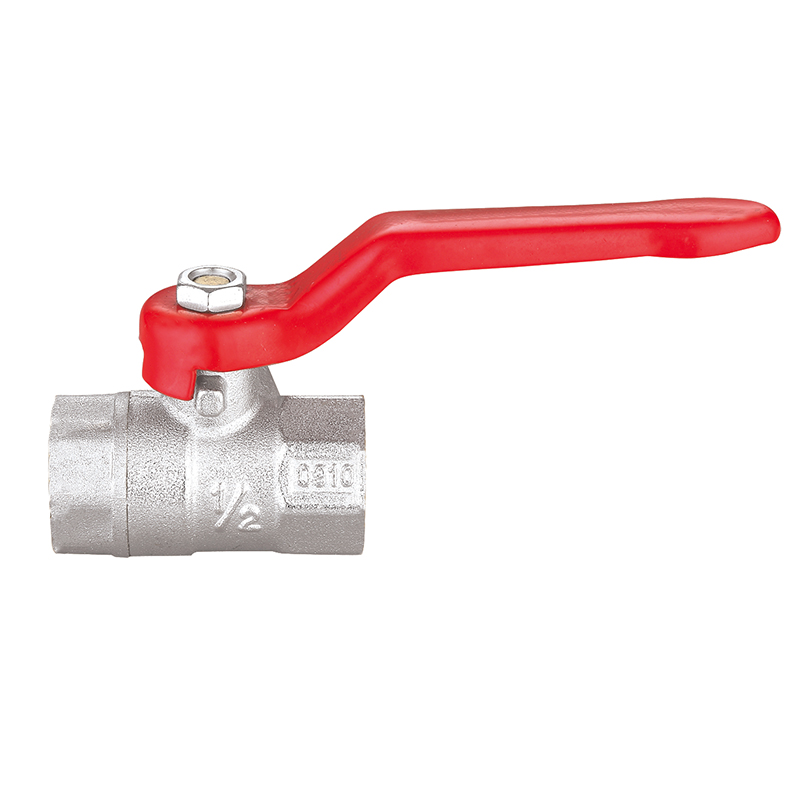Spring Loaded Check Valves: Ensuring Reliable One-Way Flow in Fluid Systems
2025-07-11
Spring loaded check valves are vital components in a wide range of fluid handling systems, designed to maintain unidirectional flow and prevent potentially damaging backflow. These valves operate automatically, using a spring mechanism to control the movement of the valve disc or poppet, allowing fluid to pass only when the pressure on the inlet side exceeds the set threshold. Their simple yet effective design makes them indispensable in applications spanning water treatment, oil and gas, chemical processing, HVAC systems, and more.
What is a Spring Loaded Check Valve?
A spring loaded check valve is a type of non-return valve that automatically regulates fluid flow direction. Inside the valve body sits a disc, poppet, or piston held against the valve seat by a calibrated spring. When fluid pressure on the inlet side surpasses the spring force, the valve opens, allowing fluid to flow forward. If the flow reverses or pressure drops below the threshold, the spring forces the disc back against the seat, effectively sealing the valve and preventing backflow.
This spring mechanism allows for quick response to pressure changes, making spring loaded check valves particularly useful in dynamic systems with frequent flow reversals or varying pressures.
Construction and Design Variations
Spring loaded check valves come in several configurations, each optimized for specific fluid types, pressure ranges, and installation conditions:
1. Piston Type
In this design, a cylindrical piston moves within the valve body, guided by the spring. The piston creates a tight seal when closed and moves linearly to open the flow path. Piston-type valves are for high-pressure applications and systems requiring precise sealing.
2. Spring Poppet Type
This design features a poppet (a small, rounded disc) held against the valve seat by the spring. When pressure rises, the poppet lifts, allowing flow. This design offers a compact size and quick response but may have higher pressure drops compared to piston types.

3. Spring Lift Type
In a spring lift valve, the disc lifts vertically off the seat against the spring force. The simple mechanism is suitable for a wide range of media and is often used in low to medium pressure applications.
4. Spring Loaded Wafer Check Valve
This thin, compact valve type fits between flanges and incorporates a spring loaded disc or swing arm. It is designed to save space and reduce weight in piping systems without sacrificing backflow protection.
Materials and Construction
Spring loaded check valves are commonly constructed from robust materials like stainless steel, carbon steel, brass, or bronze. The choice of materials depends on the fluid type, temperature, pressure, and environmental conditions. Corrosion-resistant alloys and coatings are often employed for handling aggressive chemicals or seawater.
The internal springs are typically made from stainless steel or other corrosion-resistant alloys to ensure long life and consistent performance under cyclic loading.
Advantages of Spring Loaded Check Valves
Automatic Operation: They open and close without manual intervention, ensuring continuous, reliable one-way flow.
Quick Response: The spring mechanism reacts rapidly to changes in pressure or flow direction, reducing the risk of water hammer and backflow damage.
Compact Design: Many models are space-saving, making them suitable for tight installations.
Versatility: Suitable for liquids, gases, and steam, they can be used in a broad spectrum of industries.
Low Maintenance: With fewer moving parts and a simple mechanism, spring loaded check valves require upkeep.
Common Applications
1. Water Supply and Wastewater Systems
Spring loaded check valves prevent reverse flow and contamination in municipal water distribution and sewage treatment plants.
2. HVAC and Pump Systems
Used to protect pumps and compressors from damage caused by backflow and pressure surges, these valves ensure system longevity and efficiency.
3. Oil and Gas Industry
They help maintain flow direction in pipelines transporting oil, gas, and refined products, often in harsh and high-pressure environments.
4. Chemical Processing Plants
Corrosion-resistant spring loaded check valves regulate the flow of aggressive chemicals, protecting equipment and maintaining process integrity.
5. Power Generation
In steam and cooling systems, these valves prevent backflow that could damage turbines, boilers, or condensers.
Whether you want to become our partner or need our professional guidance or support in product selections and problem solutions, our experts are always ready to help within 12 hours globally.




 русский
русский Español
Español عربى
عربى





